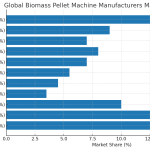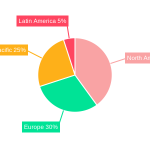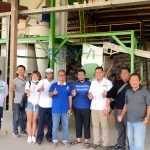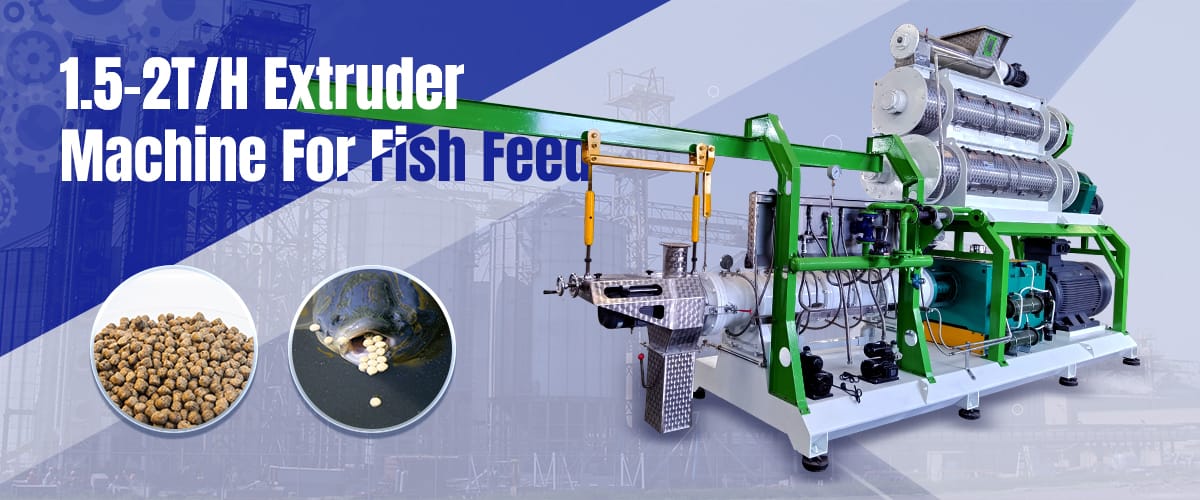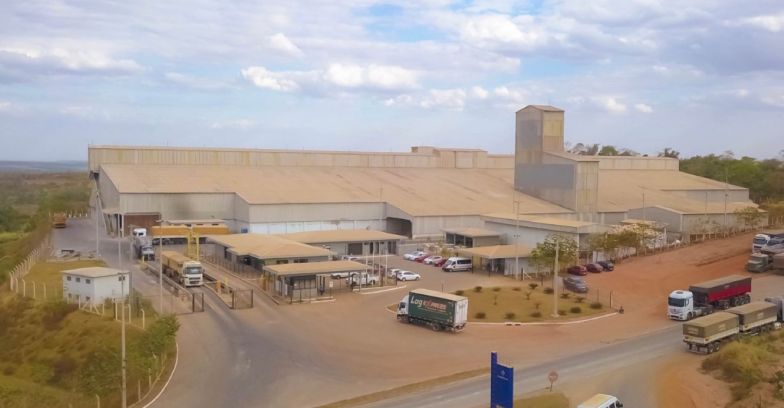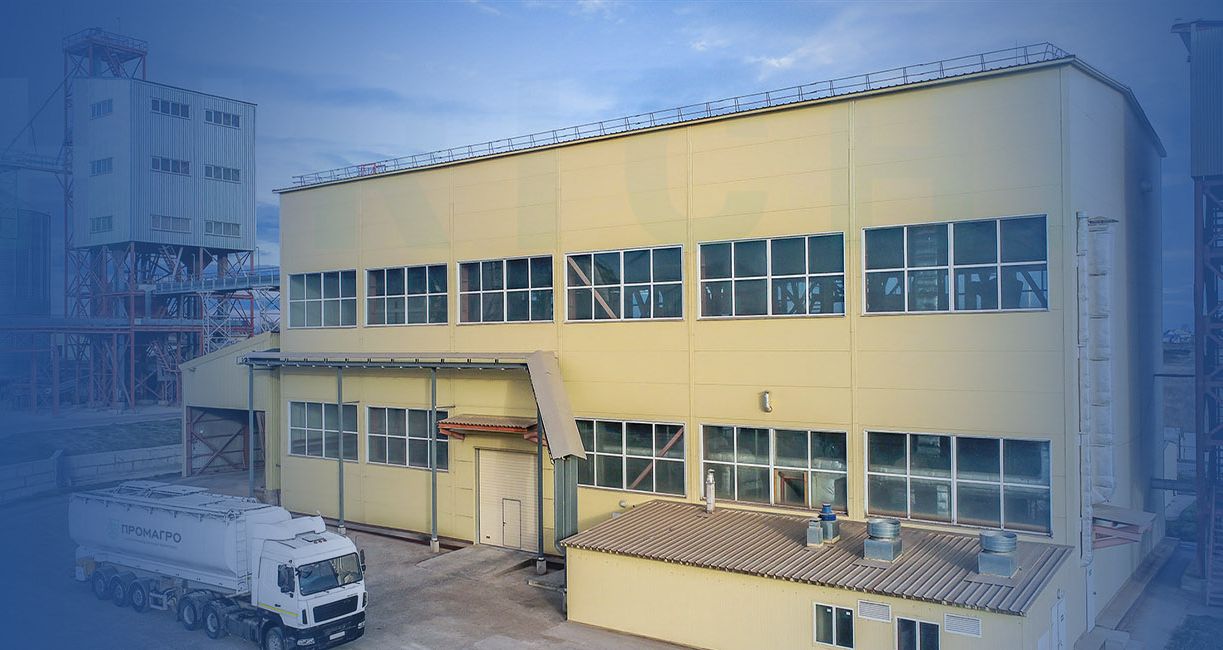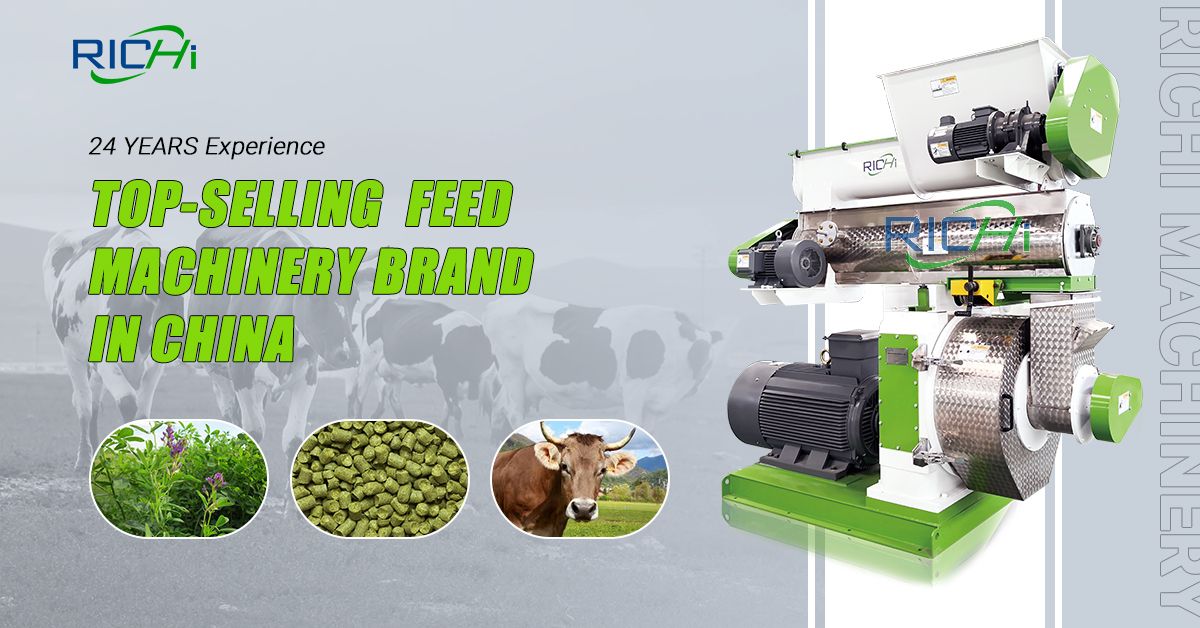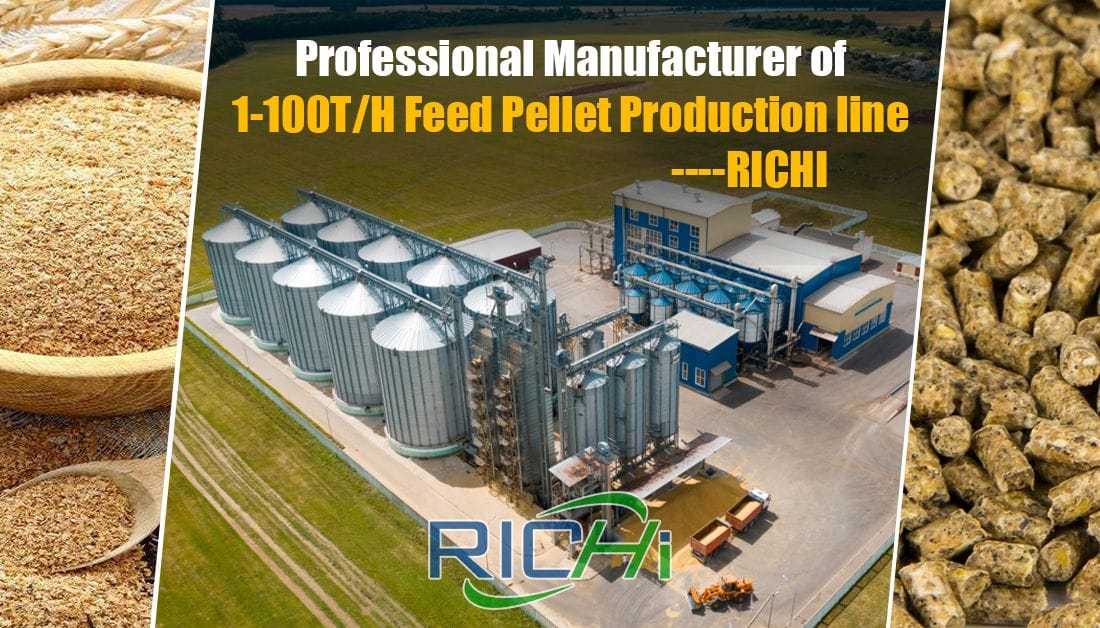Fish farming is an progressively important sector that provides a considerable part of the world’s food supply. As the need for fish boosts, so does the demand for energy-efficient innovation in fish farming. One vital device in the industry is the fish feed extruder, which is used to produce fish feed pellets. The power efficiency of these devices can have a significant impact on the operating costs of fish farms.

Fish feed extruders utilize mechanical procedures to generate pellets that fulfill the dietary requirements of fish. The extrusion procedure involves mixing ingredients such as fishmeal, grains, and also vitamins, and then compeling the blend via a die to generate pellets. This procedure calls for a substantial quantity of energy to run, as well as the energy performance of the extruder can directly influence the operating expense of the fish ranch.
Related post: floating fish feed pellet making machine
An energy-efficient fish feed extruder utilizes much less energy to produce the very same amount of pellets as a much less effective equipment. This means that the fish farm will utilize much less electricity or gas to operate the extruder, resulting in lower power costs. Additionally, an energy-efficient extruder can generate even more pellets in a shorter amount of time than a less effective maker, which can increase performance as well as reduce labor expenses.

One more benefit of using an energy-efficient fish feed extruder is that it can decrease upkeep prices. A device that operates effectively is less likely to break down or experience mechanical problems, which can be costly to fix. In addition, energy-efficient machines tend to produce less warm, which can lower the deterioration on the machine’s elements with time.

Related post: floating fish feed production line
Generally, the power performance of a fish feed extruder can have a considerable influence on the operating expense of a fish ranch. By utilizing an energy-efficient equipment, fish farmers can reduce their power costs, rise productivity, and also lower maintenance prices. As the demand for fish continues to grow, it is necessary for the sector to invest in energy-efficient modern technology to make certain the sustainability and success of fish farms.

